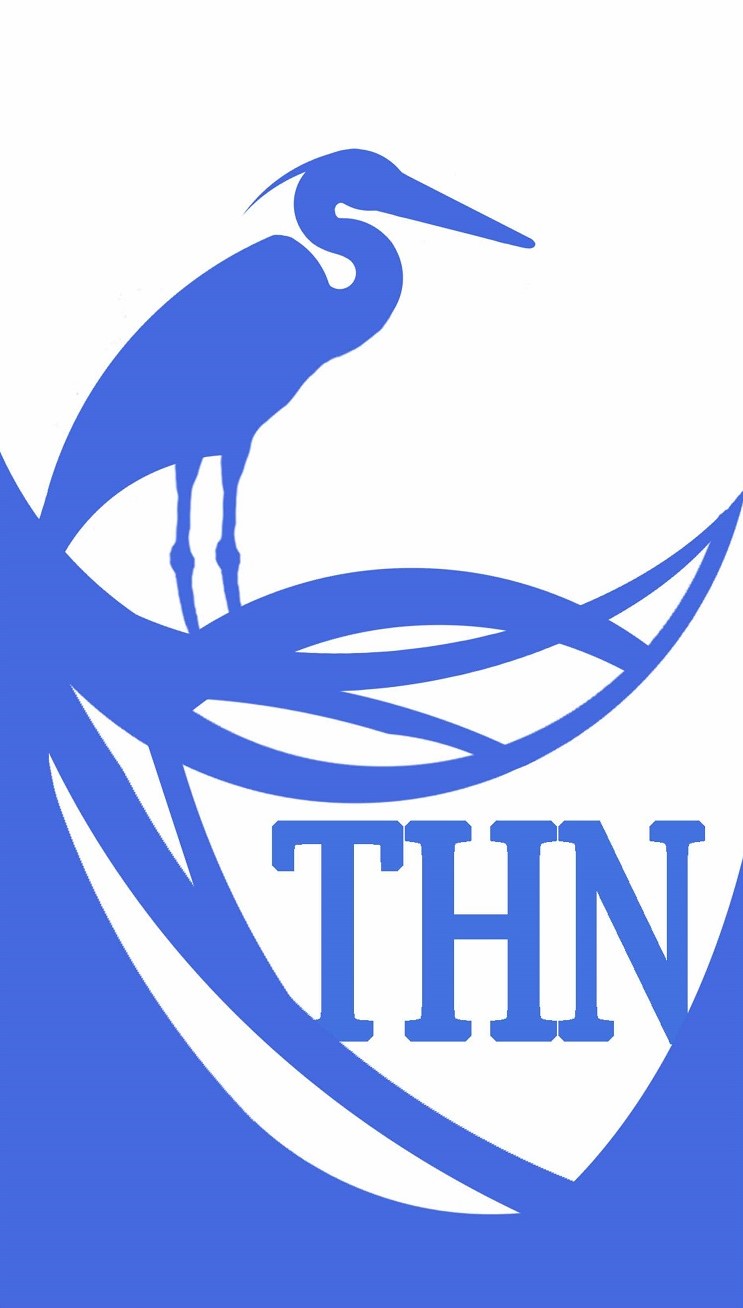Volume XXIII, Number 1: March 2021
Editors' Choices
snow season
brushing up
on my conifers
Brad Bennett
Arlington, Massachusetts
jumper cables
this business of getting on
without you
Ben Gaa
St. Louis, Missouri
The Heron's Nest Award
snow season
brushing up
on my conifers
Brad Bennett
Basho told us "go to the pine if you want to learn about the pine", so haijin have done so and numerous pine haiku have resulted. After so many, it takes a fresh approach to this familiar image to stand out in a field of submissions like we see at The Heron's Nest. What is it about the unique crafting of these seven words that resonated so strongly with our editors?
First, a poem must reach the reader on an emotional and personal level. We know that the poet only begins a haiku and it is up to the reader to complete it. When I read this poem, I could instantly relate. For someone who spent her first 50 years in Ohio, I had never before experienced a Tamarack larch. Then after a move to Wisconsin last fall and a trip to the North Woods in mid-October, I was awestruck by hillsides of what looked like brightly-colored gold pines. I had no idea what I was seeing and had to pull out The Audubon Society Field Guide to North American Trees to discover what they were. For other "Southerners" who may be similarly unfamiliar, Tamarack larches are a type of deciduous conifer—a term that certainly sounds like an oxymoron. These wonderfully evolved trees of the far north have learned to shed their needles in the fall so it is harder for heavy snow to pile on their branches, minimizing damage. As Brad Bennett lives in Massachusetts, I imagine he is quite familiar with several varieties of larches, but for me it was a striking revelation to realize I had some brushing up of my own to do before heading back out into nature's wild spaces.
The word "conifer" in this poem led me to check what I thought I already knew of these trees. Could the poet as easily have said pines, spruces, evergreens, or firs? Conifers, simply enough, are trees that bear cones. Evergreens, by definition, stay green all year. But not all conifers, as we've seen, are evergreen and not all evergreens are conifers. Hmm. The word choice used in this poem is indeed precise. Pines, spruces and firs are all examples of evergreen conifers. The way their needles are attached to the branches is how they are differentiated. Spruce and fir needles are attached individually, while pine needles are attached to branches in clusters. The number of needles in each cluster determines the type of pine. The red pine group has two needle clusters—yellow pines have three and white pines, five.
But why is it even necessary to know more, to brush up in the first place? It is certainly possible to appreciate a tree's beauty and inhale that well known, peace-inducing fragrance without knowing the difference between a pine, a spruce and a fir. Of course, it stands to reason that this poet as an elementary school teacher would naturally be drawn to education, both for his students and himself. But maybe even more is at stake. On a certain level this poem speaks to attentiveness—and appreciation along with gratitude naturally follows. When we feel a part of (vs. apart from) our natural surroundings, we feel less alienated and instead more at home in the world. So perhaps the poet has something here in his desire to "lean in" a bit, to brush up. Speaking of which, what an auspicious pairing "brushing up" is with conifers, given their brush-like needle-laden branches...perfect for whisking away snow!
"Brushing up", for another reader, may speak more literally to practicing the application of paint or ink on canvas to create a pine forest landscape complete with snow-laced branches. "Snow season" indicates a time of year when most deciduous trees have lost their leaves. Without buds, blossoms or colorful foliage, bare branches lack the interest they held during other seasons. Conifers, while taken for granted much of the year, have a better chance of catching an artist's eye and becoming the focus of their creations in the winter months. Depending on one's frame of reference, this could be one more delightful reading of this haiku.
I couldn't help but think of another poem by this same poet which seems to indicate that conifers are something with which he's well acquainted and that resonate deeply with him.
inhale...
all the pine forests
I've ever known
Brad Bennett
Seasons of Haiku Trail
Holden Arboretum 2018-2019
Thank you, Brad, for pointing us to conifers and for the encouragement to brush up on our own knowledge of these fascinating trees!
Julie Schwerin
March 2021
